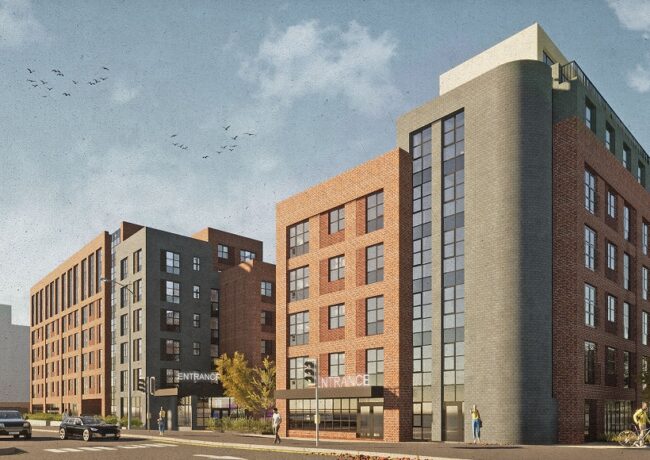OPINION | Housing targets need to reflect Powerhouse ambition
Matthew Good, planning manager at the Home Builders Federation and member of the Housing the Powerhouse coalition, responds to the proposed Greater Manchester Spatial Framework.
Boosting the supply of new homes is firmly at the top of the Government’s agenda. This is welcome news for Greater Manchester and the Housing the Powerhouse campaign, a coalition of some of the North West’s biggest housebuilders and backed by the Home Builders Federation.
Our message is clear, that an ambitious strategy for housing is needed to match the vision of the Northern Powerhouse agenda and economic growth. The proposed Greater Manchester Spatial Framework is a once-in-a-generation opportunity to make sure we plan for enough new homes and employment space over the next 20 years. Making sure we get this right now is imperative to developing a strong, successful and resilient economy in our region.
The GMSF latest consultation outlines three options for the next 20 years, to deliver either 7,300, 10,450 or 16,000 new homes a year in Greater Manchester. So far, our campaign has been highlighting the benefits of pushing this towards 16,000, both in terms of benefits to the local economy and for those wanting to get a foot on the ladder.
So over the next few weeks, we’ll be engaged in the GMSF consultation process to put forward our views about the targets in an attempt to steer Greater Manchester away from a London-style housing crisis. The high level aspiration for the spatial framework is something we all agree with. However, we believe the strategy as it stands continues to include major risks to the future prosperity of our region.
The Northern Powerhouse agenda has provided real optimism for local businesses, businesses that are investing due to the rich pool of talent, entrepreneurism, affordable rents and opportunity.
All this means we need more homes for a growing population to live and more space for successful businesses to grow and it’s why we’re now working on a consolidated response to the GMSF to highlight the benefits to the wider economy of adopting a realistic planning strategy. In short, we cannot plan to fail.
Building the 300,000 new homes we need in Greater Manchester by 2035 would lead to an additional 15,000 construction jobs, generating £8bn for the economy. We’d also house 100,000 more families, who would collectively spend £1.7bn a year in retail and leisure. It would also generate £175m in additional council tax receipts for local authorities.
New housing also delivers wider improvements to an area to help communities grow and prosper, including significant additional funding towards education, open and green spaces, community spaces or sports facilities.
We can no longer afford to ignore the vital role that housing plays in driving our economy. We have failed to build enough homes in Greater Manchester over the last 20 years; just 4,160 new homes were completed in 2013/14. We need to attract and retain people to this area so our burgeoning economy can be sustained. By building at the same rate as we have done in recent years we will not meet demand. If we don’t change our path we’re looking down the barrel of a housing shortage similar to that of London and all the social and economic problems that would bring.
The industry is willing and able to deliver the number of new homes needed and we want them to build the kind of homes that we know people want, in the places they want to live. Our politicians now have the tools to deliver strong economic growth to meet the needs of people and business across Greater Manchester – we now need the political will and understanding to turn these intentions into another Northern Powerhouse reality.
- Members of the Housing the Powerhouse, led by the Home Builders Federation, are Barratt Homes, Bloor Homes, David Wilson Homes, Emerson Group/Orbit Developments, Gladman Developments, HIMOR Group, Jones Homes, Peel Group and Taylor Wimpey UK. The campaign is backed by Greater Manchester Chamber of Commerce





The development industry must also demonstrate how the higher numbers can be delivered to avoid the inevitable criticism that the industry would just push a number come what may. GM has a whole raft of urban opportunity but caught out by delivery problems which will no doubt put further pressure on Green field/ Green Belt release. Many sites don’t actually perform Green Belt function and must be utilised. Councils will also need to be as proactive as possible with their own land assets and help stimulate funding streams for problem sites as well. A multi-faceted approach will be needed to genuinely make a transformational change to our housing supply.
By Nick Lee